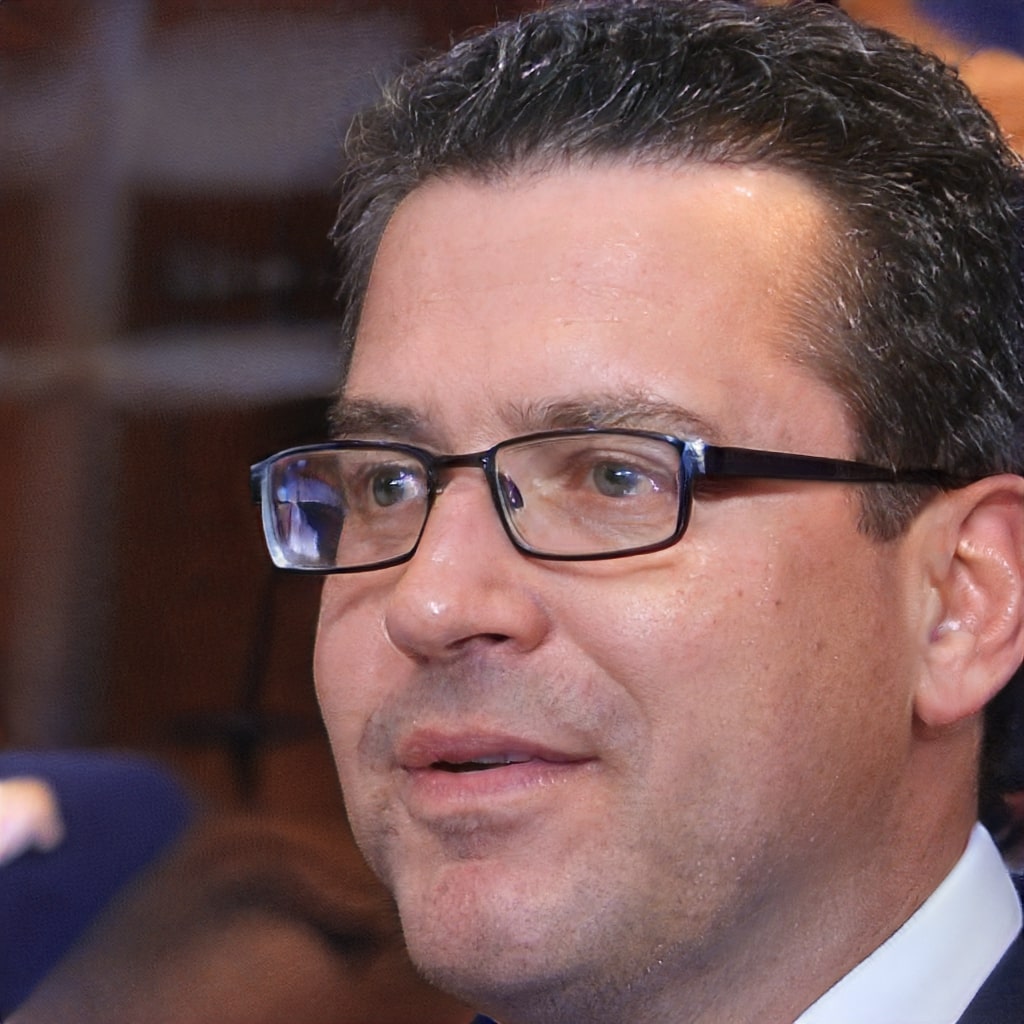Working for any Ontario school board will expose you to the Ontario Teacher Pension Plan. Teachers’ Pension Plan (OTPP) in Ontario, Canada, is the longest-running PPF in the country. With $227.7 billion in assets, it surpasses all other pension plans in Canada for a specific occupation.
With this strategy, you can set aside a predetermined portion of your income towards long-term investments. With an average yearly return of 9.4 per cent since its inception in 1990, its track record of investment performance is quite remarkable.
All Ontario school administrators and teachers must be well-versed in the Ontario Teacher Pension Plan. As a result, this article contains all the necessary information regarding the provincial pension.
Ontario Teachers Payment Plan Pension
The Ontario Teacher Pension Plan (OTPP) oversees a defined benefit pension system that provides lifelong pensions to teachers across the province. The Ontario Teacher Pension Plan Board is an autonomous organisation that oversees the province’s defined benefit pension programs for educators.
It manages the assets of the plan and distributes pensions on behalf of 318,000 educators, both current and former. About 184,000 teachers, principals, and school administrators have their pensions managed by the Plan, while 145,000 retirees have theirs paid for.
The Ontario Teacher Pension Plan pays out an average of $47,500 per year in salary. A worker’s base wage is $24 per hour if they work 40 hours per week.
Overview of Ontario Teachers Payment Plan Pension
| Article Name | Ontario Teachers Payment Plan |
| Administered by | Ontario Government (Canada) |
| Regulated by | Ontario Teachers’ Pension Plan Board |
| Established | January 1, 1990 |
| Benefit | Provides pension to retired public teachers in Ontario |
| Headquarters | Toronto, Ontario |
| Total Assets | CAD 249.8 billion |
| Ontario Teachers Plan Contribution | Depends on your salary |
| OTPP Annual Payment | Around $47,500 |
| OTPP Official Website | https://www.otpp.com/en-ca/ |
The teacher pension is funded by whom?
The Ontario Teachers’ Federation (OTF) and the provincial government of Ontario establish the amounts of payments and pension benefits based on the plan’s funding state. There needs to be sufficient money in the plan account so it can pay out pensions to members in the future. The plan’s contingency reserve has a surplus of $17.5B as of January 1, 2024.
Ontario Teachers, one of the world’s largest institutional investors, also puts money into the pension system. Under the OTPP, any money an employee puts into their pension will be matched dollar for dollar by the government and participating firms. The sum of your tax-deductible contributions will be shown on your annual T4 slip.
Payment Amount details for Ontario Teachers
Several things will determine how much money you will get in retirement, but you can choose to find out how much. The amount of credit you have accumulated is directly proportional to the number of years that you have contributed to the plan. Your pension amount will be determined by the Ontario Teacher Pension Plan using this information in conjunction with your pay.

Ontario Teacher Pension Plan salaries range from less than $105,000 for the lowest-paid workers to more than $250,000 for the highly compensated. The average yearly salary for an employee participating in the Ontario Teacher Pension Plan, assuming 57 hours of work per week, is $197,500, or $72 per hour.
Your OTPP contribution amount is directly proportional to your salary. You can load up your OTPP to your heart’s content. Nonetheless, the government will match up to fifteen per cent of base earnings that exceed the CPP maximum.
Ontario Teachers’ Pension Plan Board’s Function
Public school teachers in Ontario have a retirement program that is overseen by the Ontario Teacher Pension Plan Board (OTPPB). Bonds, properties, commodities, and foreign stocks are among the many assets managed by the OTPPB.
The creation of a more nuanced and diverse investment regime was one of the original mandates for the OTPPB. It has grown into the largest investment institution since its inception. The fact that the board has remained politically neutral has also contributed to its success. It stands on its own.
The cooperative nature of OTPP and CPP
Contributions to Ontario Teachers’ are increased when wages reach the CPP ceiling and decreased when earnings surpass it. We provide a bridge benefit to teachers to help them augment their retirement income until they reach 65 years old, when they can start receiving an unreduced CPP pension.
If your pension payment is changed, the bridge benefit will end the month after they turn 65 or immediately if they start receiving a CPP disability pension.
Advice for Ontario Teachers Considering Retirement with OTPP
To save enough money for retirement, what steps may an Ontario, Canada teacher take? Meeting with a CFP to discuss your goals and level of comfort with risk will be the first step in creating an investing plan. You should read up on the Retiring pension plan, and all it covers. Due to the narrative created by various specialists, many people are confused in this field.
It is usual to hear stories about pension schemes that are underfunded. The majority of Canada’s pension plans have sufficient funding and have been well-managed. Oversight of Ontario teacher pensions is vested in the Ontario Teacher Pension Plan (OTPP). The Ontario Teacher Pension Plan, administered by the Ontario Teacher Pension Plan Board, is the biggest pension plan in Canada that is specific to a single occupation.
Methods for evaluating loyalty and performance; Let’s get the details
The duration of your teaching career determines the quantity and timing of your pension. We utilise two metrics to assess your plan membership:
Credit
This is the precise sum of all the time that you have put into the plan—in years, months, and days. This is the number that will be used to determine your pension.
Years in which
The number of academic years that you have taught for at least part of the year is this. You can get a full pension after retirement if you reach a certain age, which is determined by the qualifying years. The criteria for determining your eligible years have changed due to plan modifications.
Finding out how much you can contribute
A two-part formula determines the amount you put into your pension. It is split between your yearly wage (up to the CPP limit) and your salary (beyond the CPP limit) for retirement benefits and contributions.
| Home Page | https://stopimpaireddriving.org/ |
In 2024, for instance, you contribute:
Contributions equal to 10.4% of your yearly pay up to the CPP maximum and 12.0% of any wage beyond the CPP limit are due.
In 2024, the maximum CPP benefit will be $68,500, as it changes every year.
The provincial government of Ontario and partner businesses match members’ contributions dollar for dollar.
- About the Author
- My Latest Articles

